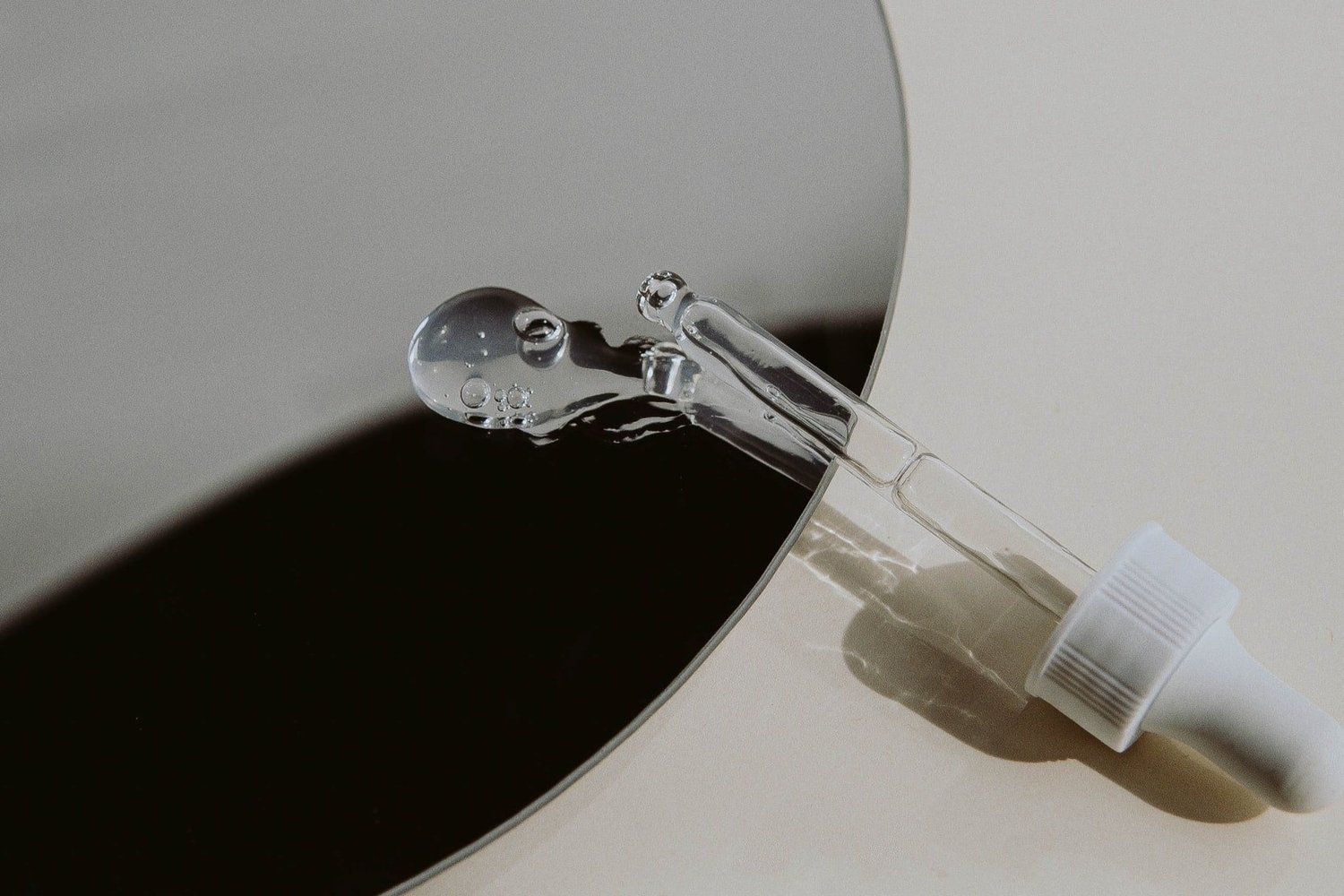
Retinol is a form of Vitamin A. Once applied to the skin, it converts to retinoic acid to do its job. Retinoic acid works in the cells by telling them to not be basic but to grow and thrive. Thus, retinol helps your cells to win. This winning comes in the form of faster cell turnover, a decrease in the appearance of pore size, and boosting collagen production to strengthen skin and keep it firm and flourishing. As a result, you see a reduction in fine lines and wrinkles, smoother skin tone and texture, and more plump and radiant skin.
This is all I needed to know to get on board with this excellent ingredient. But in case you have more questions about retinol, I’ve partnered with Paula’s Choice to help answer some frequently asked questions share more of my retinol journey
CC: What is the difference between retinoic acid, retinol, and retinal?
PC: To be effective, both retinol and retinal have to be converted to retinoic acid. Retinol undergoes two conversions, while retinal converts only once. There are other forms of retinol that go through even more conversions to become retinoic acid. Ingredients such as retinyl palmitate, retinyl propionate, and retinyl acetate go through more conversions and are gentler on the skin. This means that the results are slower to become visible when using products containing these ingredients.

